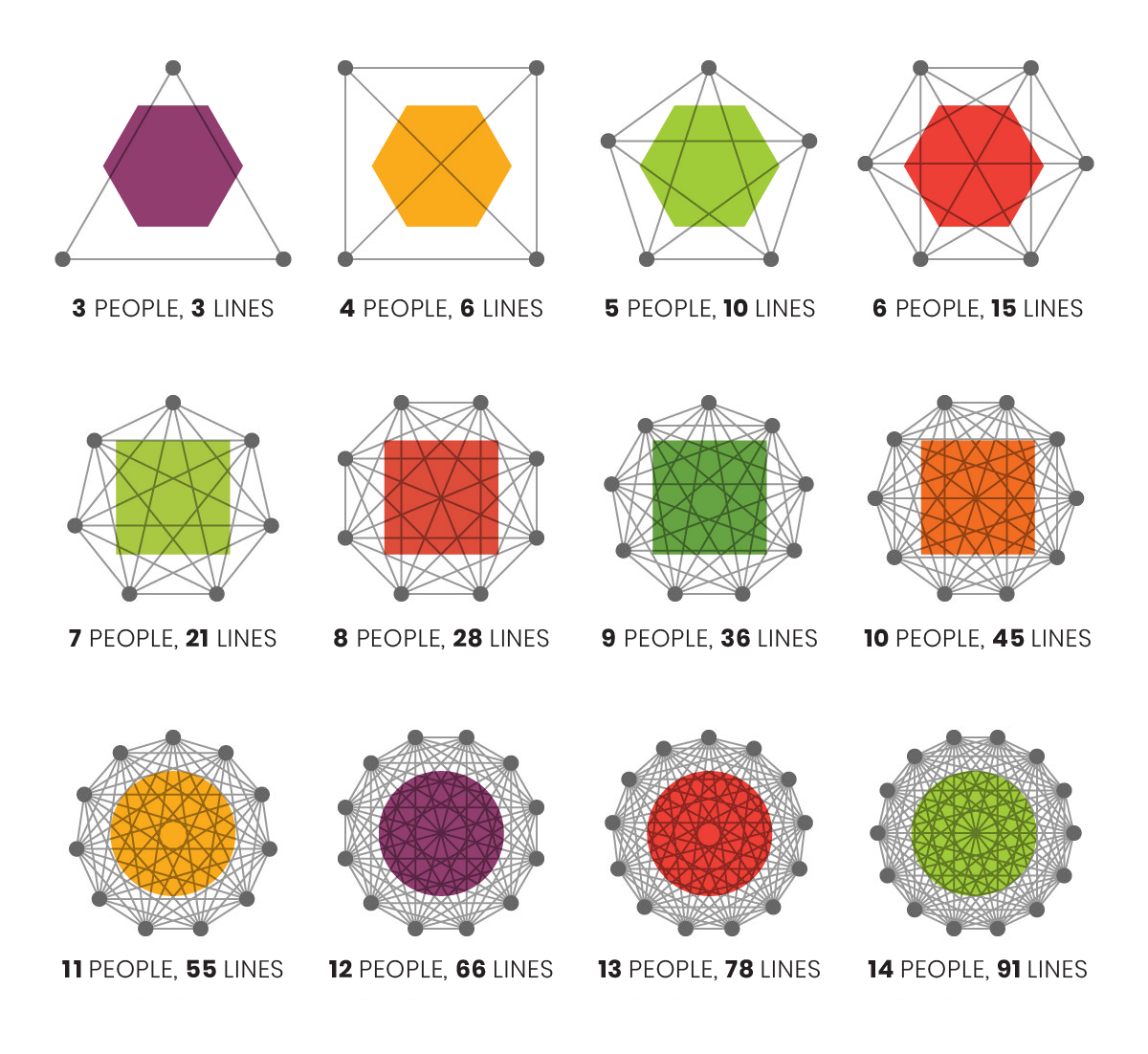Email Marketing
Email Campaign Management: Tackling the Toughest Challenges

Email Marketing

Launching a new email marketing campaign is a lot like trying to juggle feral cats. However, if your team can get email campaign management under control, you’re going to become all-star, agile email marketers.
Here are some of the balls that need to stay in the air:
Like I said …

It’s no wonder that 71% of email marketers say they’re stressed. Even the best email marketers occasionally struggle to keep projects on task, on time, and on target.
According to our email industry survey with Holistic, more than half of respondents said it takes their teams up to two weeks to launch a business-as-usual (BAU) campaign. That’s not exactly speedy. And it’s safe to assume that an outside-the-norm campaign would take even longer.

Trevor Rawls
Digital Marketing Manager

Laura Horkey
Email Marketing Specialist
So, what are the roadblocks to fast and efficient email campaign management? I sat down with two members of Email on Acid’s marketing team to find out.
Email Marketing Specialist Laura Horkey and Digital Marketing Manager Trevor Rawls both have plenty of hands-on experience in the email trenches. They were more than happy to vent about the headaches of email campaign management.
They also have some solid advice on how to take on these three major challenges.

The first thing that Trevor and Laura made clear is that “no email campaign is an island.”
By that we mean there are so many moving pieces and jobs to do that it simply cannot be done alone – that includes those who operate as an email team of one. It’s a team effort, and that means you’re relying on others to come through for you.
“Even if you work on a smaller email team, typically you won’t be someone who does everything end-to-end,” says Laura.
“The process for launching an email campaign can be very different depending on the company and the team,” Trevor explains. “But, if you want to put together a quality email, it’s very rare that there will be somebody who’ll design, develop, write copy, build the list, and hit send.”
Laura often finds herself in the position of handling email campaign management. She’s in charge of ensuring everything is ready when it’s time to launch. But, if one person drops the ball, she says it can bring the entire project to a screeching halt.
If there are more than two people involved in launching an email campaign, project management software is a must-have. Use it to assign tasks and see what other work your colleagues are doing so you understand what’s on their plates.
As you set due dates for task completion, be sure to build some margin into the process. You never know when you’ll need a little wiggle room, and we’ve all seen how things tend to get done at the last minute. So, don’t make your deadline the last minute.
A lot of email marketing tasks are similar from project to project. That means you could create reusable email campaign management templates in your project management software.
If you have the luxury, make sure you have backups for completing important tasks. Cross-train team members so that if someone isn’t available, another person can jump in and help.

Asset management has a lot in common with task management. Your assets are the building blocks of the email. Obviously, you need to assign tasks to people who create those assets.
“The challenging part is coordinating all the different things you need between different team members,” Trevor says. “And it often means going outside the marketing department to get certain assets or information from the product, sales, IT, or support teams.”
“It can even be a super-quick, easy thing to do, like resizing a GIF,” Laura adds. “But I’m just not the person to do it. So, everything gets put on hold until that one asset is ready.”
Trevor recommends having a collection of reusable assets to make email campaign management a little simpler.
“Reusing components of previous campaigns can help because it makes it less likely that you’ll have design revisions,” he says. “Of course, that could also mean your campaigns look very similar.”
“That’s why email marketers are so big on templates,” Laura adds. “It does make it easier to get work done efficiently. But, to Trevor’s point, when you lean on templates too much you’re not innovating and creating new stuff.”
Balance is key when it comes to creating and managing email marketing assets. In certain situations, it may be smart to reuse components. In fact, mixing and matching creative assets and code snippets could even lead to something unique. Just don’t abandon innovation for the path of least resistance.
Organization and standardization are two more keys to email asset management. Consistent file names and folder structures save time and frustration when you need to find something to build an email. Use a dedicated place to archive your assets. This way, there’s no question about whether it was posted in the project management software, attached in an email or Slack message, or saved on the file server.
You should also clearly communicate important information such as standard image sizes, acceptable color schemes, calls-to-action, and copywriting styles for email. This is where the brand style guide becomes a valuable tool. Make sure email marketing standards are part of the documented guide.

Perhaps the most notorious of all email campaign management roadblocks is the process of getting the green light to launch. This is a pain point both Trevor and Laura have experienced, and it’s a tough one to avoid.
“A lot of times, I’d get into coding the email and having copy and images in place. It’s ready to go,” Trevor recalls. “Then, when I show email previews to the boss for approval, they’d ask for a bunch of changes. Because it was already in the code, that would be a tumultuous process.”
Trevor says going back to designers and copywriters to request changes required unexpected time, and so did re-coding the email.
For that reason, you might think getting approval earlier in the process is a good move. Maybe and maybe not. As Laura explains, getting too many opinions too soon may severely slow things down.
“It seems like it would make sense to do things like get copy solidified before you start coding and get approval on individual images,” she says. “That sounds great in theory, but it can extend your project timeline so far.”
When there are too many cooks in the email marketing kitchen, it may also lead to more mistakes. Our research found large teams were more likely to report email errors over the course of 12 months. One possible reason for that is how complex lines of communication become as more people get involved. That complexity is illustrated below in the graphic about Brook’s Law.

One tactic Trevor recommends for avoiding an overload of revisions once an email is coded and ready to send is adding a wireframing step for new campaigns. This gives stakeholders the ability to see how an email is going to look before it’s in the developer’s hands.
However, an email developer may need to weigh in during brainstorming, wireframing, and prototyping too. Otherwise, you may be asking them to do the impossible.
“You can do all that work ahead of time, get to coding the email, and find out that certain things just won’t work,” Laura says. Trevor agrees that you need to get the right people on the same page.
“One process I’ve used during the wireframing step is to book a 15-minute meeting to quickly build and review the wireframe with the copywriter, developer, and email marketing specialist just to get ahead of any setbacks,” he says.
Who has the final say when reviewing copy, design, code, and email testing results? Try to identify the right people, limit feedback to them alone, and give them deadlines just as you would to those working on other tasks.
Since the person giving final approval is often your boss or manager, it may feel uncomfortable to make such specific demands. But in reality, a busy manager will appreciate knowing exactly when something needs to be done.
It’s also a good idea to build defined approval checkpoints into the email campaign management process. Rather than gumming up the gears, these checkpoints are your chance to get back on track and make sure everything is moving forward as expected.
One of the most important steps in email campaign management is the pre-deployment testing process. This is when you double-check everything to ensure your email is delivered exactly as you’d planned.
While some email teams test and preview emails manually by sending them to different devices to look for potential problems, Email on Acid helps simplify the process. Campaign Precheck is our state-of-the-art, AI-driven automated email checklist.
From optimizing inbox display and catching typos to deliverability and accessibility checks, you can use the platform to fine-tune many essential aspects of an email campaign.
Campaign pre-check is built for the entire email team. Take advantage of our Team Management features to stay organized and in control as you work through the pre-send checklist, troubleshoot issues, and make final changes.
Give Email on Acid a try and discover how we’re simplifying the complexities of email marketing … including email campaign management.
Want more insights from the Email on Acid team? Check out our article on email marketing career advice and peruse our list of email marketing thought leaders!